Vietnam is strongly committed to achieving its goal of achieving net zero emissions by 2030-2050. Agriculture accounts for 30% of Vietnam's total greenhouse gas emissions by 2023, mainly concentrated in a number of areas including rice production. However, rice is Vietnam's main crop and is of particular importance to food security, so reducing rice production is a challenge. Instead, switching to a low-carbon rice production model is a sustainable agricultural development strategy and part of Vietnam's efforts to achieve net zero emissions.
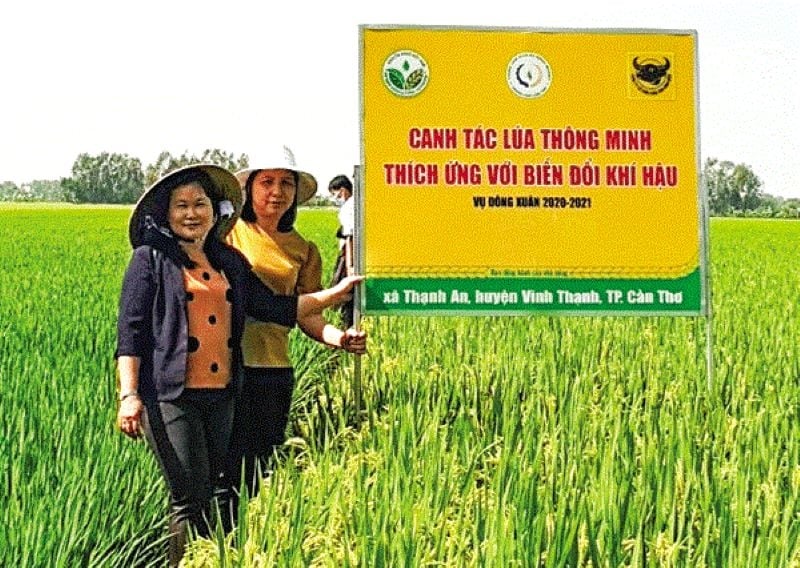 |
| Replicating smart rice farming models that adapt to climate change (Photo: PV) |
On that basis, the research team of the National Economics University proposed a number of recommendations to promote the transition to this model, including:
One is to implement a carbon offset and credit exchange mechanism for low-carbon rice cultivation models.
The carbon credit exchange mechanism and carbon credit market will bring many benefits to promote the transition to low-carbon rice cultivation model. Revenue from carbon permit exchange can be used to reinvest in the production model. Accordingly, the local level needs to clearly recognize that carbon markets with large and complex scale and scope will often bring more efficiency but at the same time require detailed and strict preparation and legal and technical basis. To implement the carbon market, a system of taxes, fees and quota trading is needed and this requires long-term implementation.
In the initial stage, Vietnam needs to consider the scale of the market establishment, which can be piloted at the industry level (like the European Union) or voluntary (like Thailand), or local level (like China). Vietnam can apply the lesson from Thailand when establishing voluntary carbon credit trading mechanisms before implementing a mandatory carbon market. The carbon offset program will be able to take advantage of the contributions of participants (domestic and international organizations, carbon funds) to support domestic emission reduction activities. In the short term, carbon offset will be more favorable. Another advantage of Vietnam is that it has many years of experience and active participation in bilateral and multilateral credit creation mechanisms such as CDM and JCM.
Consider providing a specific roadmap for carbon market participation for low-carbon rice farming models. Complete the legal framework so that farmers can access revenue and investment sources through carbon credit trading and exchange programs.
Decree No. 06/2022/ND-CP dated January 7, 2022 on regulations on greenhouse gas emission reduction and ozone layer protection provides a roadmap for implementing a domestic carbon market. Accordingly, the period from now until the end of 2027 will focus on building legal systems to manage credits, exchange and operate on the trading floor. From 2028 onwards, an official carbon credit trading floor will be organized and operated. Vietnam needs to soon implement carbon credit exchange and offset mechanisms according to the provisions of Article 6 of the Paris Agreement on the establishment and operation of a domestic carbon market. For the low-carbon rice farming model, it is necessary to provide a specific roadmap corresponding to the time of implementing a domestic carbon market in general. The agricultural sector in general and rice farming in particular can implement simpler policies when the level of willingness to participate in trading is low and gradually increase to more complex systems over time.
Developing a Measurement, Reporting and Verification (MRV) system, collecting and testing data from voluntary sectors to set and allocate targets. Any carbon market needs to build an MRV system. Successful implementation of an MRV system can be seen as one of the first steps towards forming a domestic carbon market. The method of measuring and assessing emissions is a process bound by national commitments to form legal frameworks for the MRV system. Therefore, for low-carbon rice cultivation models, it is necessary to first build an MRV system for this sector with clear regulations, measurement, reporting and verification processes, suitable to the specific conditions of Vietnam. Specify the functions and tasks of agencies on measurement, reporting and verification. The construction of an MRV system can draw on experience from the VnSAT pilot project and CDM and JCM projects implemented in Vietnam. The MRV system can help managers build a test data system for carbon emission reduction in low-carbon rice farming models in the regions.
Raising awareness among businesses and farmers about carbon credits and how carbon offset and trading mechanisms work. Carbon markets and carbon credit offset mechanisms are very new fields, especially for agriculture in general and rice cultivation in particular. Therefore, raising awareness among farmers about the benefits of participating in these programs are important steps. Firstly, it is necessary to provide training courses, coaching, and experience sharing for businesses and farmers. Secondly, it is necessary to deploy measurement and monitoring systems, technical infrastructure to make it convenient for people to access carbon credits.
Second , create conditions to promote finance towards low-carbon rice cultivation models. Experts say that it is necessary to complete the legal framework and specific criteria to include low-carbon rice models in the list of green credit granting projects. In an effort to achieve the goals set out in the National Strategy on Green Growth for the 2021-2030 period set by the Government, the State Bank has implemented many plans and action programs, including increasing the proportion of green credit outstanding loans in the total outstanding loans of the credit institution system, and a Circular guiding credit institutions in managing environmental risks in credit granting activities. Currently, the Ministry of Natural Resources and Environment (MONRE) is drafting a Decision of the Prime Minister on promulgating regulations on environmental criteria and certification for projects granted green credit and issuing green bonds. Although the growth rate of outstanding loans for green sectors is quite high (about 23%/year in the period 2017 - 2022), focusing mainly on renewable energy, clean energy, green agriculture, however, there is currently no legal framework, environmental criteria, green project portfolio, so there is no basis and specific criteria for classifying green projects. This causes many limitations for the green credit appraisal process. Therefore, the Ministry of Agriculture and Rural Development , the Ministry of Natural Resources and Environment and the State Bank need to coordinate to complete the legal framework, guidelines on environmental criteria and the confirmation of low-carbon rice cultivation models as suitable for economic sub-sectors, regulations on criteria to create conditions and basis for the appraisal, evaluation and monitoring process of credit institutions when granting green credit.
Encourage farmers to invest in low-carbon rice models through improved understanding and support policies. The system and agricultural extension centers need to promote and support farmers in accessing information, improving their understanding of banking financial services, microcredit and formal credit sources. Banks and credit institutions can coordinate with agricultural extension centers to open training courses, disseminate knowledge about capital sources and the role of credit in sustainable agricultural production models. Farmers need to be updated with information about different forms of mortgage when borrowing capital, unsecured consumer credit programs, and overdraft loans in the rural market.
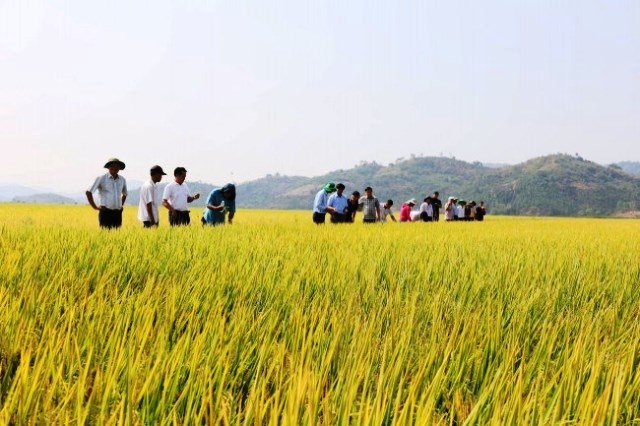 |
| In Vietnam, many low-carbon rice farming solutions have been introduced, tested in some areas and proven to be economically feasible (Photo: PV) |
The State Bank needs to increase its ability to provide capital to farmers. Extend loan terms, create special guarantee mechanisms and design loan conditions suitable for low-carbon rice cultivation models. In addition, the Ministry of Natural Resources and Environment needs to have a mechanism for pricing rice land for localities applying low-carbon rice cultivation models in particular and sustainable agriculture in general to create favorable conditions for farmers to guarantee loans.
Third , building a link between producers (production process) and consumers (market) through quality certification of low-carbon rice. Linking the market and production of low-carbon rice can encourage farmers to switch to low-carbon rice. Accordingly, farmers are motivated to switch to low-carbon rice when the market recognizes and has demand for this type of rice. One of the ways for farmers to access market opportunities is through quality certification of agricultural products, creating a link between the production process and the market. The Ministry of Agriculture and Rural Development needs to unify and issue technical standards for low-carbon rice production processes.
Currently, many low-carbon rice cultivation solutions have been introduced, tested in some areas and proven to be economically feasible. Some programs such as the "1 must 5 reductions" technique applied in the VnSAT project, the SRP sustainable farming standard applied in the "Sustainable development project of 1 million hectares of high-quality, low-emission rice cultivation associated with green growth in the Mekong Delta region by 2030", the "3 reductions 3 increases" program, some techniques are applied individually in each province such as the "1 must 6 reductions" technique applied in Kien Giang. In addition, many businesses also offer sustainable rice cultivation processes that are specific to their businesses. In fact, it is difficult to come up with a common and unified model because the climate, cultivation and resource conditions of each region are different. Therefore, in order to be able to issue quality certification for low-carbon rice models, experts need to research and unify a set of standards.
The General Department of Standards, Metrology and Quality (Ministry of Science and Technology) in collaboration with the Department of Crop Production (Ministry of Agriculture and Rural Development) updated and integrated low-carbon rice standards into existing quality certifications and launched new quality certifications.
Incorporating low-carbon rice cultivation standards into quality certification can: (i) promote green production by strictly controlling agricultural production inputs at the source; and (ii) enhance the market competitiveness of low-carbon rice products and promote farmers' income growth, thereby encouraging farmers to practice low-carbon rice production.
Currently, Vietnam has a number of quality certifications for rice, for example: TCVN national standard on organic agriculture for rice, Decree No. 103/2020/ND-CP regulating the certification of fragrant rice varieties for export, Global GAP (standard for certification of global good agricultural practices); ISO 22000 (international standard for food safety management systems); HACCP (quality management system based on analysis of hazards and critical control points); JAS certification (Japanese organic standards, applied to organic rice lines). It is possible to integrate the standards of these quality certifications for low-carbon rice cultivation models. In addition, it is possible to introduce national standards and certification frameworks for low-carbon rice cultivation models. In addition, the Ministry of Agriculture and Rural Development and the Ministry of Science and Technology need to increase promotion in the mass media about the benefits of products produced according to emission reduction processes in general and low-carbon rice in particular, in order to increase awareness and gradually change consumer behavior, thereby creating and developing a low-carbon rice market, promoting this rice production model.
The expert group also proposed that, based on local resources, the Ministry of Agriculture and Rural Development coordinate with the Ministry of Culture, Sports and Tourism to build a rice value chain based on brands and combine cultural, historical and geographical characteristics of the region to promote sustainable development of the rice-growing community./.
Source: https://dangcongsan.vn/kinh-te/day-manh-chuyen-doi-san-xuat-lua-gao-theo-mo-hinh-carbon-thap-672783.html


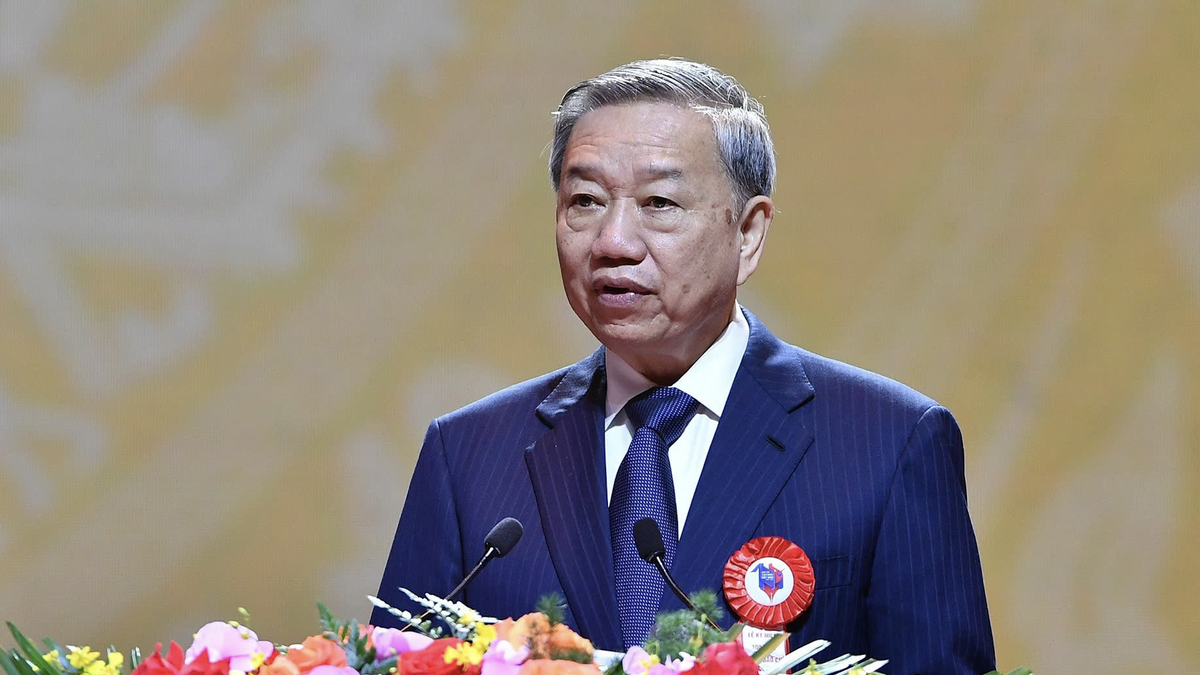



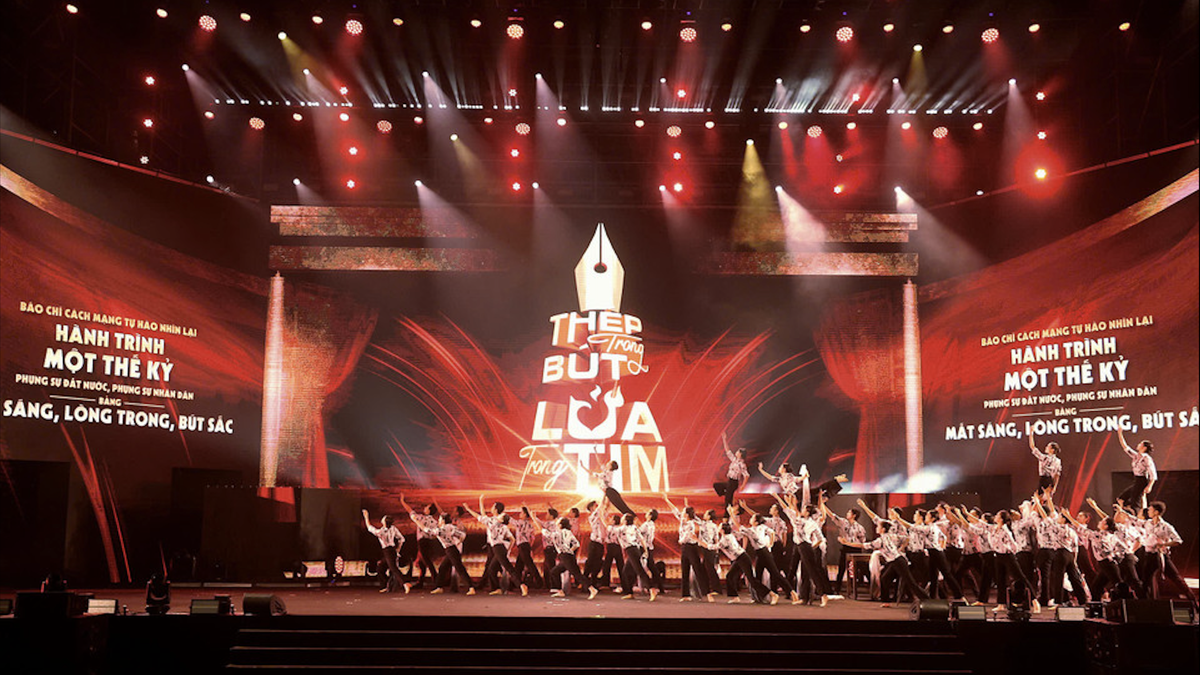

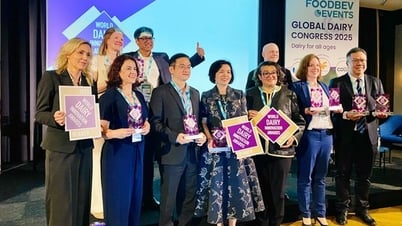






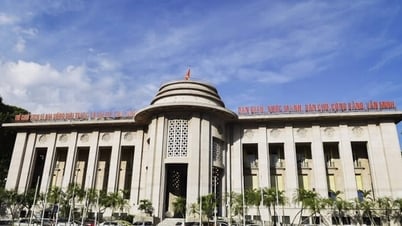
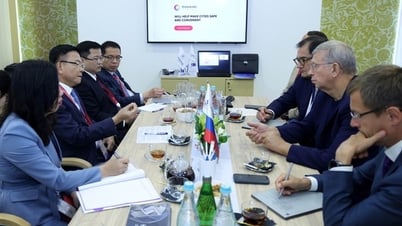




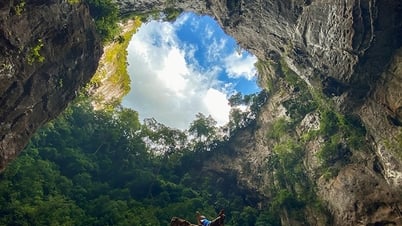
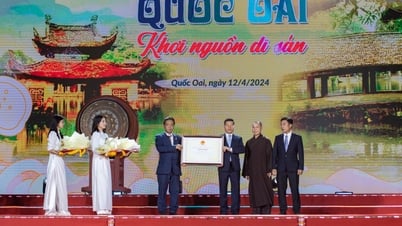

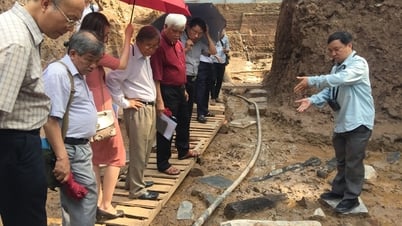



![[Photo] Central Propaganda and Mass Mobilization Department meets with exemplary journalists](https://vphoto.vietnam.vn/thumb/1200x675/vietnam/resource/IMAGE/2025/6/21/9509840458074c03a5831541450d39f8)




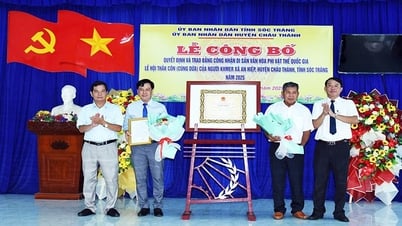










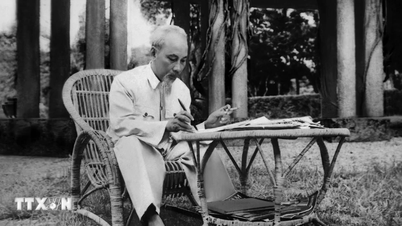










![[Maritime News] Wan Hai Lines invests $150 million to buy 48,000 containers](https://vphoto.vietnam.vn/thumb/402x226/vietnam/resource/IMAGE/2025/6/20/c945a62aff624b4bb5c25e67e9bcc1cb)





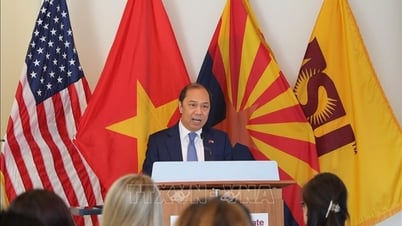


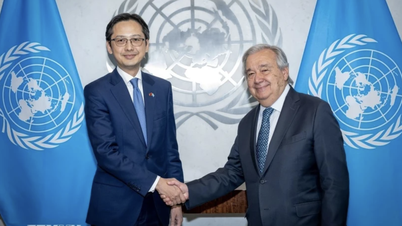
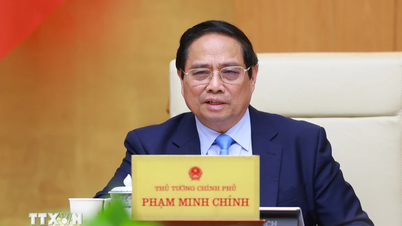
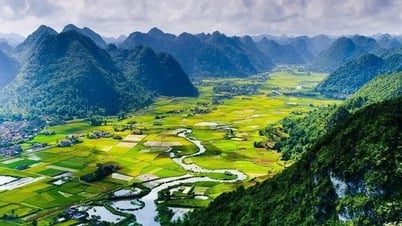




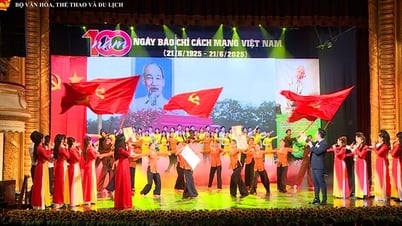


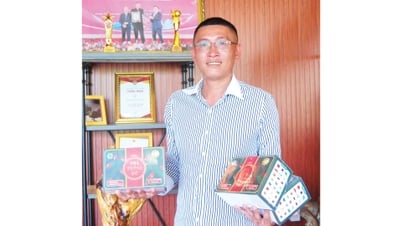

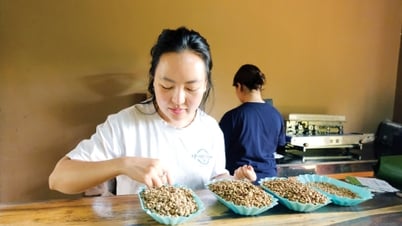
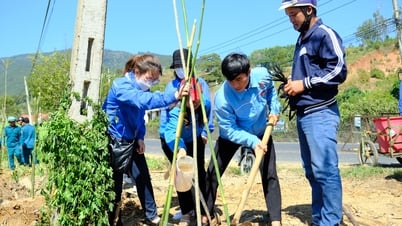
















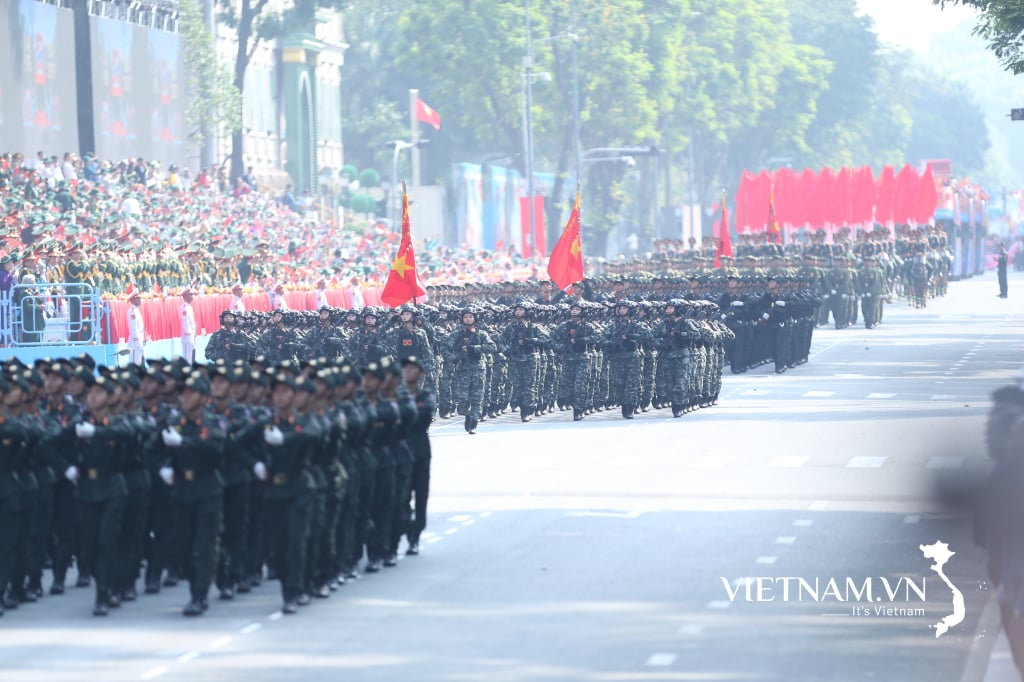
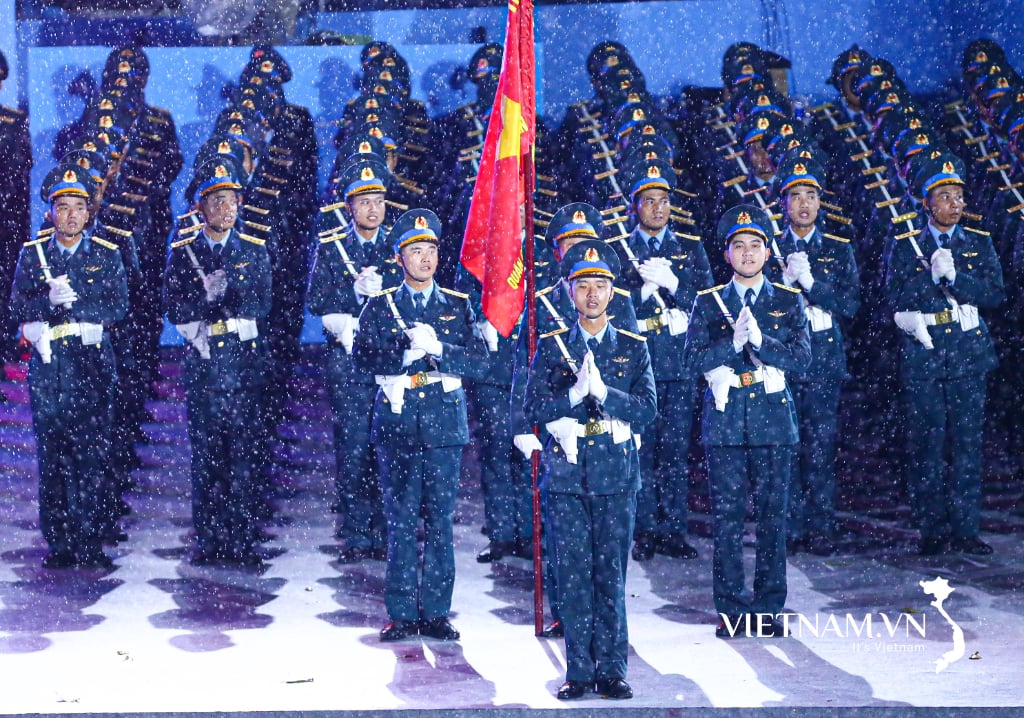
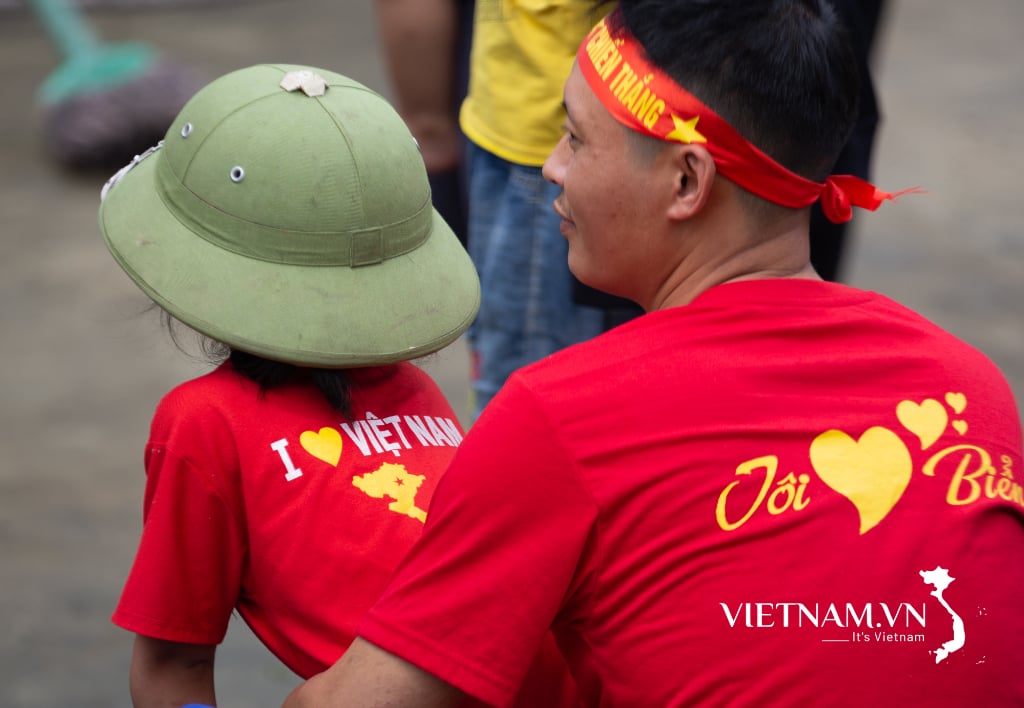
Comment (0)